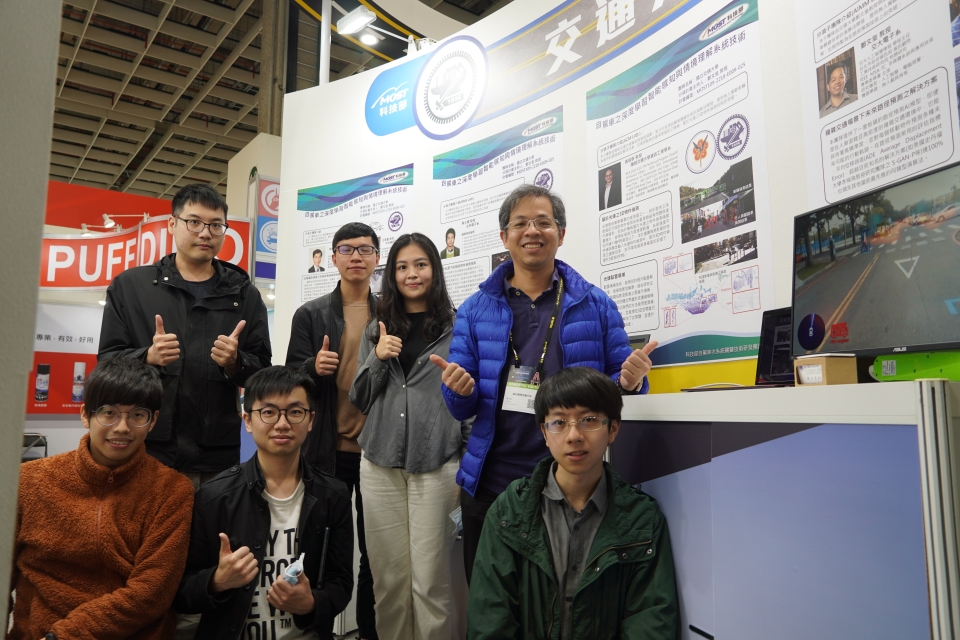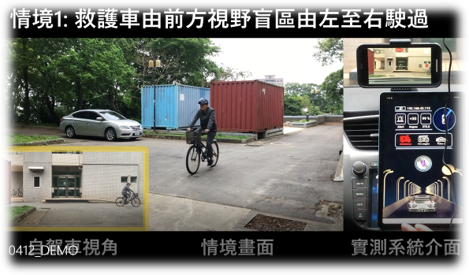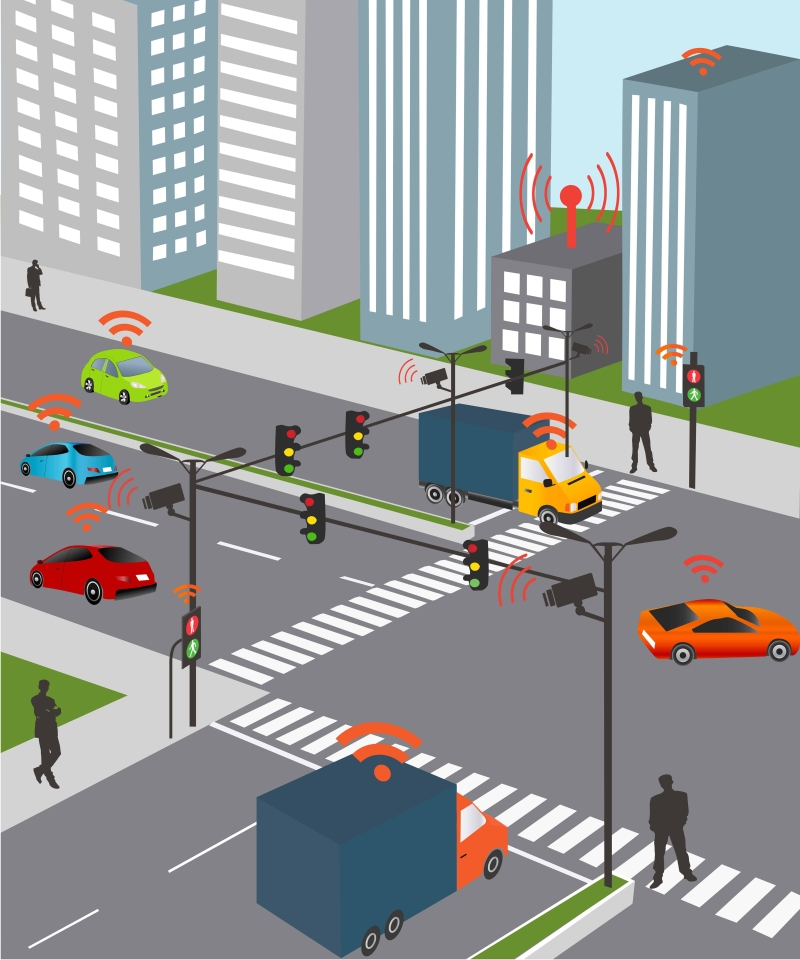Self-driving vehicle technology trends presents new approaches
2021/08/02 | By CENSGlobal market intelligence firm IDC's "Global Autonomous Vehicle Forecast Report for 2020 to 2024" has pointed out that L1 to L5 autonomous vehicles could see an 18.3% CAGR within this time frame. As industry trends have become clearer over the years, not only global, well-known auto brands like Tesla, Audi, Mercedes Benz, BMW, and Ford have been proactively investing in autonomous technology, even tech giants Apple and Google have their own respective business operations in the field.
ADAS, which self-driving vehicles rely on, is also becoming more prevalent in not only the emerging sector but also in traditional fuel-powered cars or electric vehicles, making the system an industry standard. With automakers and technology pushing development for higher autonomous levels, the standards for vehicle avoidance, obstacle detection, real-time road condition detection, and more, have all equally risen as well to ensure safer driving conditions.
As such, alongside investment in multisensor applications and relevant technology, with more and more suppliers entering the field, developing the software and algorithms for ADAS is only the tip of the iceberg. Suppliers must have the tools or have access to such tools to verify the systems have become a must as well.

New Perspectives to Self-Driving Tech
Two academic research teams exhibiting under the Ministry of Science and Technology pavilion at the Taipei AMPA show presented a range of AI platforms addressing specific use cases and issues that traditional AI training systems might miss out on.
Many of the existing and emerging self-driving technology relies on cameras, sensors, and LiDAR. A research team at Taiwan's National Yang Ming Chiao Tung University (NYCU) had offered a different take on the existing methods. The team addressed the issue with self-driving vehicles having to detect emergency service vehicles such as police cars, ambulances, or fire trucks, yet lack the necessary technology to detect sounds and make on-time driving adjustments. The team ended up developing a system that would detect alarm sounds from emergency service vehicles, and adjust the vehicle accordingly depending on the direction where the sound was originating from.

The system is fed with sound frequency data to learn the difference between emergency service alarms or other sounds, wind noise reduction technology, employing gpuRIR to set up sound origin range and angle, allowing the system to collect more sample data on sounds like vehicle horns, braking noise and more.
Cheng Wen-huang, a Distinguished Professor at the NYCU Institute of Electronics, told CENS during an interview at the Taipei AMPA show while exhibiting the Ministry of Science and Technology, that they had considered the lack of solutions to address sound detection quite strange and had sought to resolve it. Initial development focused on a single sound-origin detection method, and now the team is focusing on multi-origin detection. Based on preliminary indoor testing, the solution could accurately pinpoint, detect, and distinguish sounds from different directions and origin points.
The other is a deep-learning platform that focuses on detecting road puddles and road defects, such as potholes or bumps, developed by Feng Chia University. The research team on this project also worked closely with industry companies to develop the system.
At the next-door pavilion, mobility Taiwan Automotive Research Consortium (mTARC), an entity under the Economic Ministry Department of Industrial Technology, showcased EV and self-driving vehicle technologies developed by domestic companies and research institutions. Among those technologies is the "Integrating Simulation and Reality for Autonomous Driving Function Verification," developed by the Automotive Research and Testing Center (ARTC).
The simulator sets up virtual scenarios and simulates sensor model placements, powered by PreScan, while the algorithms navigates through the system. Other platforms include vehicle dynamic models, driver control interfaces, real-time simulating with I/O interface for communication with real hardware, and six degrees of freedom motion.
ARTC has developed the simulator to work with companies or R&D teams in each stage of the self-driving vehicle development to verify technologies on the car. This is because more and more manufacturers are attempting to develop ADAS and ADS, though lack a comprehensive environment to verify the control algorithms. The simulator can assist system suppliers to troubleshoot and improve existing algorithms. Overall, development cycles and costs could be reduced.


